Table of Contents
Everyone's seen the viral videos, the dramatic layers, the face-framing magic of the butterfly cut. It's a look that screams volume and movement, often associated with longer locks. But what if your hair barely brushes your shoulders? Can you actually achieve the coveted brad mondo butterfly cut short hair style? It’s a question many are asking, scrolling through tutorials that feature flowing manes. The reality is, this cut, known for its distinct layers that mimic butterfly wings, typically relies on length to create that dramatic, airy effect. Attempting it on a pixie or a blunt bob presents unique challenges, often resulting in something less 'butterfly' and more... just layers. This article will dive into the specifics of what makes the butterfly cut tick, why length is usually key, and whether there are realistic ways to adapt the core principles for shorter styles without ending up with a choppy disaster. We’ll look at what Brad Mondo himself often emphasizes about the cut and explore alternatives or modifications that might give you a similar feel without the need for Rapunzel-level hair.
Decoding the Brad Mondo Butterfly Cut on Shorter Lengths
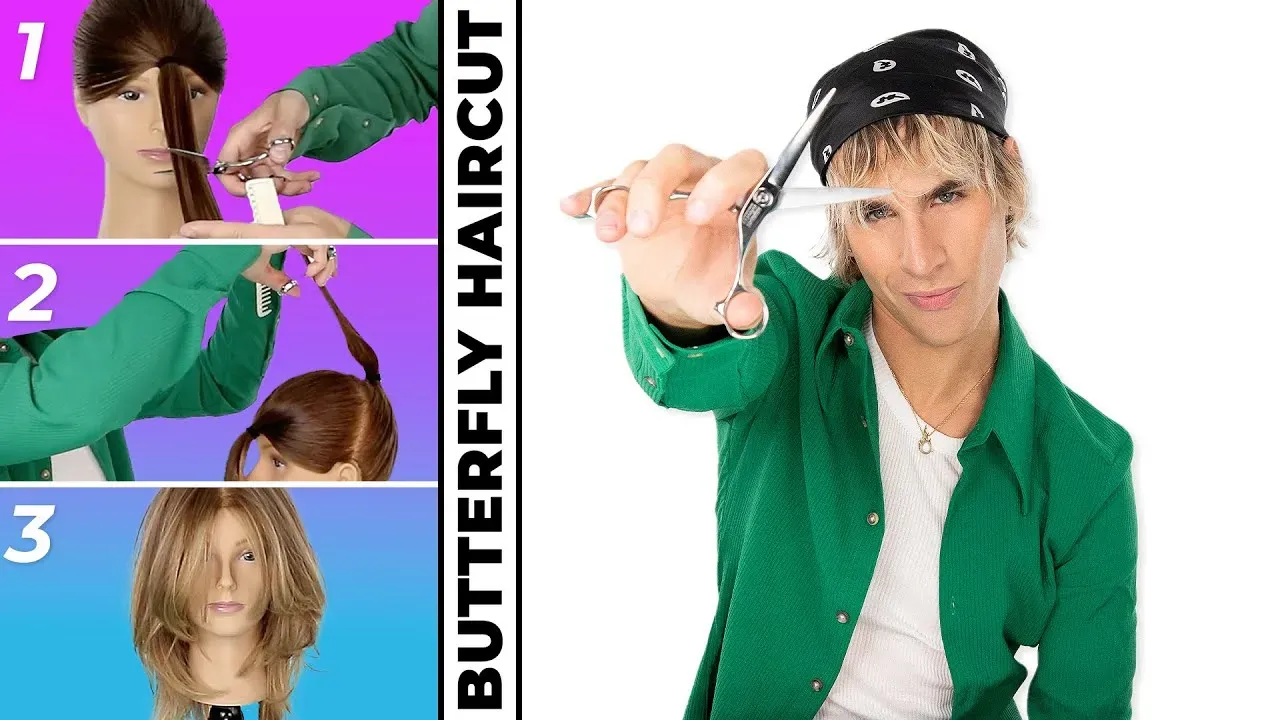
Decoding the Brad Mondo Butterfly Cut on Shorter Lengths
The Anatomy of the Classic Butterfly Cut
Let's be real, the brad mondo butterfly cut short hair dream hits a snag when you look at what the cut actually *does*. It's all about layers, yes, but not just any layers. The magic happens with shorter layers around the face that blend seamlessly into longer layers throughout the back. When you pull the front sections forward and cut, then pull the back sections forward and cut, you're creating two distinct layer systems. The front layers give that face-framing, bouncy effect, while the back layers provide volume and movement, especially when styled. Think of it like two cuts in one, designed to give the illusion of significant length and volume without losing too much density from the overall shape. This technique relies heavily on having enough hair to create that noticeable difference between the shorter face-framing pieces and the longer bulk of the hair.
Why Short Hair Breaks the Butterfly Mold
Trying to replicate the exact Brad Mondo butterfly cut technique on short hair is often like trying to fit a square peg in a round hole. When your longest layers are already above your shoulders, the 'longer layers' portion of the butterfly cut simply doesn't exist in the same way. Cutting forward on short hair tends to create a lot of short, choppy pieces, particularly in the back. You lose the smooth transition and the ability to create that distinct "wing" effect that the cut is known for. It becomes less about mimicking a butterfly and more about adding some texture around the face, which is a different beast entirely. The dramatic volume and sweeping movement that define the style on longer hair just aren't achievable when you lack the fundamental length to work with.
- Key Elements of the Classic Butterfly Cut:
- Distinct face-framing layers (often shorter)
- Longer layers throughout the back
- Seamless blend between front and back sections
- Creates volume and movement
- Gives illusion of length
Brad Mondo's Take: Why the Butterfly Cut Needs Length (Usually)
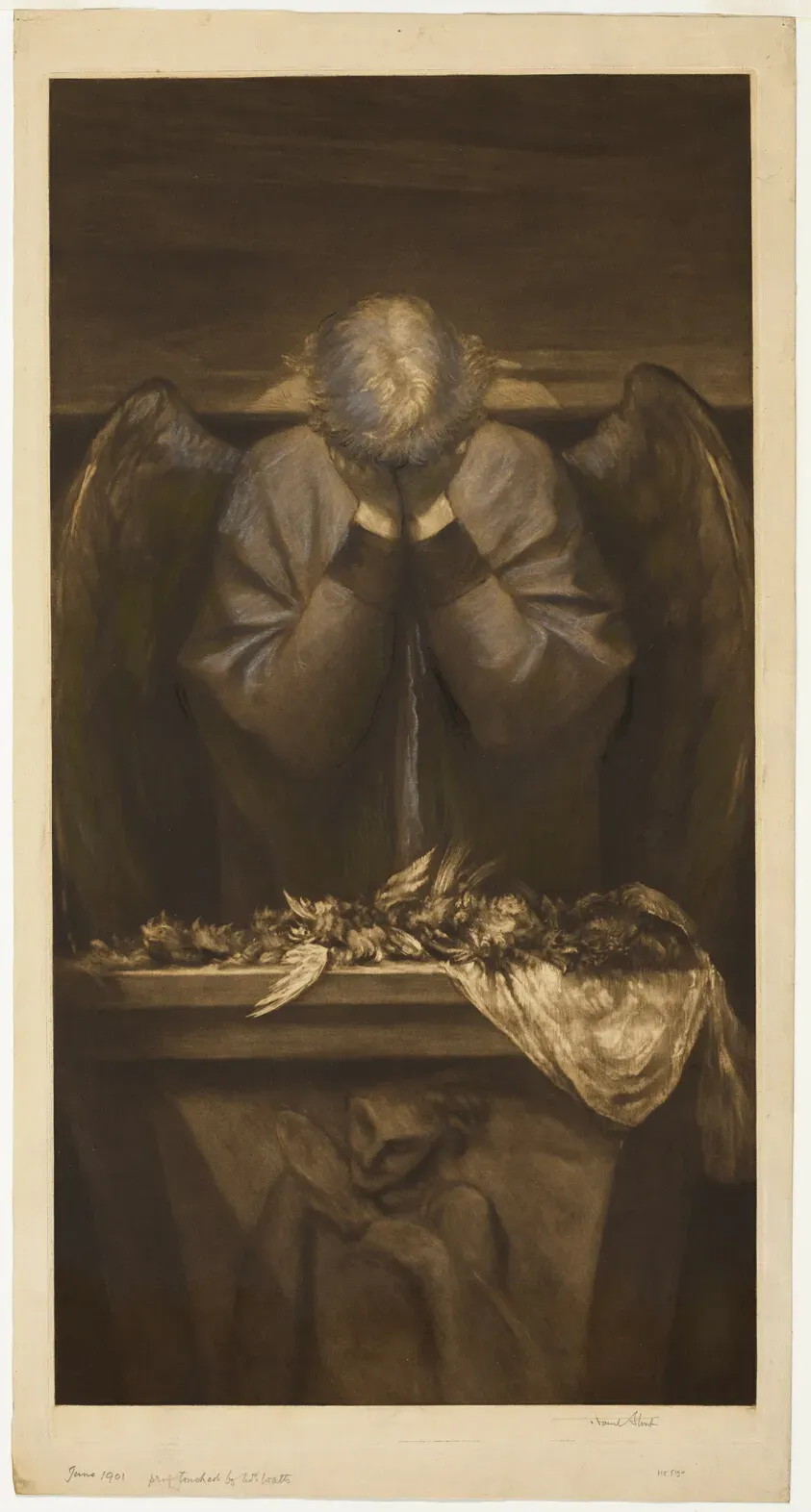
Brad Mondo's Take: Why the Butterfly Cut Needs Length (Usually)
If you've watched any of Brad Mondo's videos on the butterfly cut, you've likely noticed a recurring theme: length. He demonstrates the technique on hair that's typically shoulder-length or longer for a reason. His method of sectioning the hair into two main parts and cutting both forward relies on having enough hair to create a significant difference in length between the shortest face-framing layers and the longest layers in the back. Without that baseline length, the technique simply doesn't yield the same dramatic, sweeping effect. It's not just about chopping layers; it's about creating a specific shape and movement that mimics wings, and that shape needs the canvas of longer hair to really take flight. Trying his exact method on a chin-length bob, for instance, would likely result in a disconnected, shelf-like look rather than the soft, blended layers the cut is famous for.
Adapting the Brad Mondo Butterfly Cut for Short Hair: What Works?
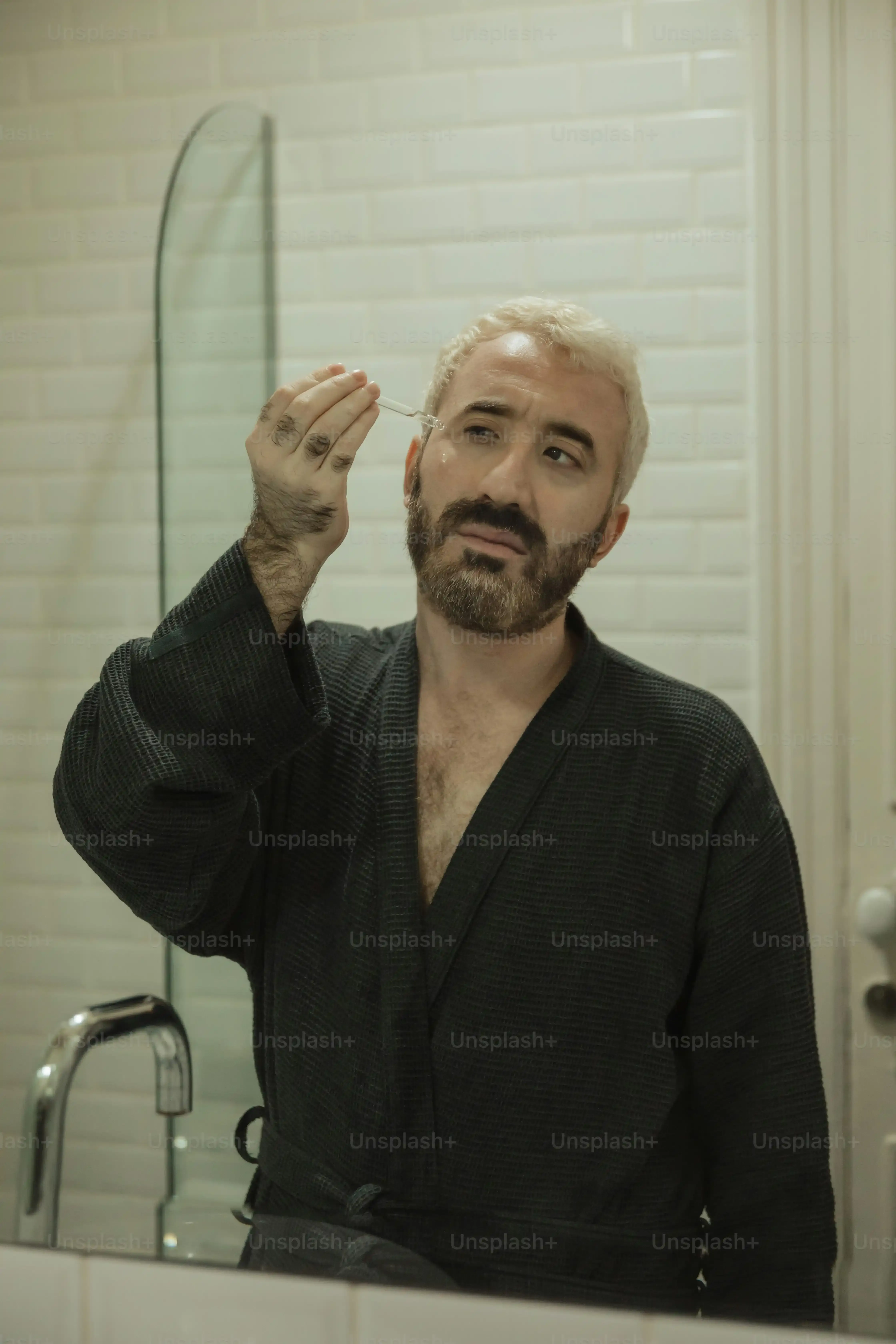
Adapting the Brad Mondo Butterfly Cut for Short Hair: What Works?
Focusing on Face-Framing Layers
so the full-blown, two-section Brad Mondo butterfly cut on short hair is likely a no-go if you want it to look like the videos. But you can steal the *essence* of the cut. The real magic for shorter styles lies in those face-framing layers. You can ask your stylist (or attempt carefully at home, if you're feeling brave and have watched *many* tutorials) to create shorter pieces around your face that angle downwards, blending into the rest of your length. This gives you that soft, face-contouring effect that's a hallmark of the butterfly cut without needing waist-length hair in the back. Think of it as the "baby butterfly" or the "face-frame focus" adaptation. It adds movement and can help lift the hair around your face, giving a similar airy feel, just on a smaller scale.
Strategic Layering, Not Sectioning
Instead of the strict two-section forward cutting method, adapting the brad mondo butterfly cut short hair style often means employing more traditional layering techniques but with a specific goal. This involves point cutting or slide cutting around the face to create softness and movement, rather than blunt lines. The key is strategic internal layering to remove weight and encourage bounce, especially at the ends, without sacrificing too much overall length in the back. It's less about creating distinct, long and short sections like the original technique and more about texturizing and shaping the existing shorter length to give it that feathered, lived-in feel. A skilled stylist can assess your hair type and length to determine where layers will have the most impact without making the style look choppy or disconnected.
So, while you might not get the exact same dramatic wing effect, you can certainly capture the spirit. Here are some pointers for making it work:
- Prioritize face-framing layers that angle away from the face.
- Focus on internal layers for texture and movement, not blunt steps.
- Communicate clearly with your stylist about the *feel* you're going for (volume, face-framing).
- Understand that the outcome will differ significantly from the look on long hair.
- Consider your hair texture; some textures hold shorter layers better than others.
Alternatives to the Brad Mondo Butterfly Cut for Short Hair
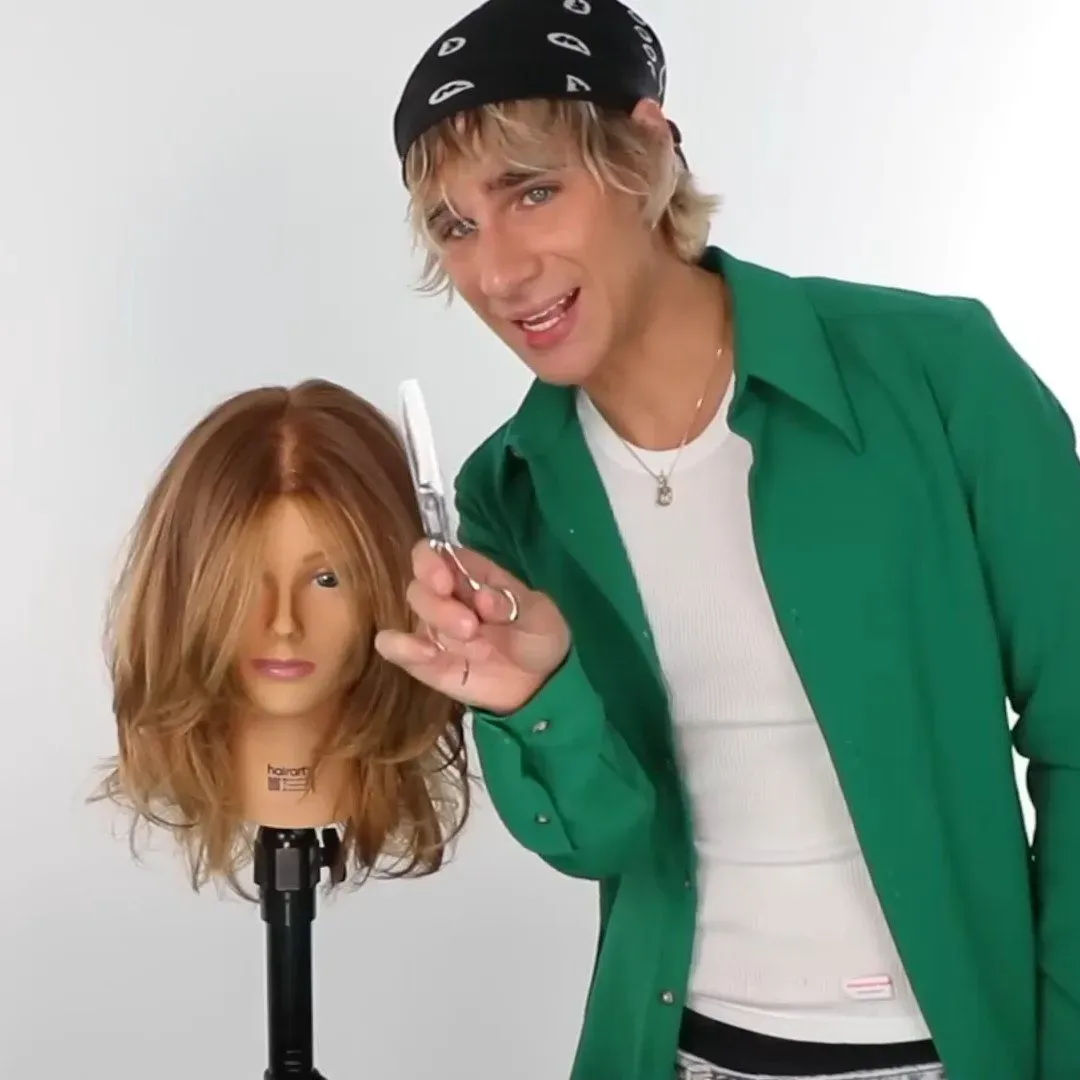
Alternatives to the Brad Mondo Butterfly Cut for Short Hair
Layered Cuts for Volume and Movement
so the exact brad mondo butterfly cut short hair is a tough ask. But that doesn't mean short hair can't have incredible volume and movement. Instead of trying to force the butterfly technique, look at layered cuts designed specifically for shorter lengths. Think of graduated bobs, textured pixies, or shags. These styles use layers strategically placed to build weight where you want volume (like the crown) and remove it where you need movement (like around the edges). A good layered bob can give you bounce and shape without the need for those distinct long and short sections of the butterfly. It's about working with the hair you have, not against it, to create a shape that's dynamic and easy to style.
Face-Framing with Other Techniques
If the face-framing aspect of the butterfly cut is what you love most, there are plenty of ways to achieve that on short hair without attempting the whole shebang. Consider getting bottleneck bangs or curtain bangs tailored for shorter lengths. These can give you that soft, face-contouring effect. Another option is asking for sliced or point-cut layers specifically around the face. This removes bulk and adds texture, allowing the hair to fall nicely and frame your features. It's about achieving a similar *effect* – soft, flowing pieces around the face – through different cutting methods that are better suited to limited length. Sometimes, less is more when you're working with a shorter canvas.
So, what are some solid contenders if the butterfly cut isn't viable for your short hair?
- Textured Bob with Internal Layers
- Graduated Bob with Face-Framing
- Short Shag
- Pixie Cut with Longer Top Layers
- Adding Bottleneck or Short Curtain Bangs
Styling Your Short Hair with ButterflyInspired Layers
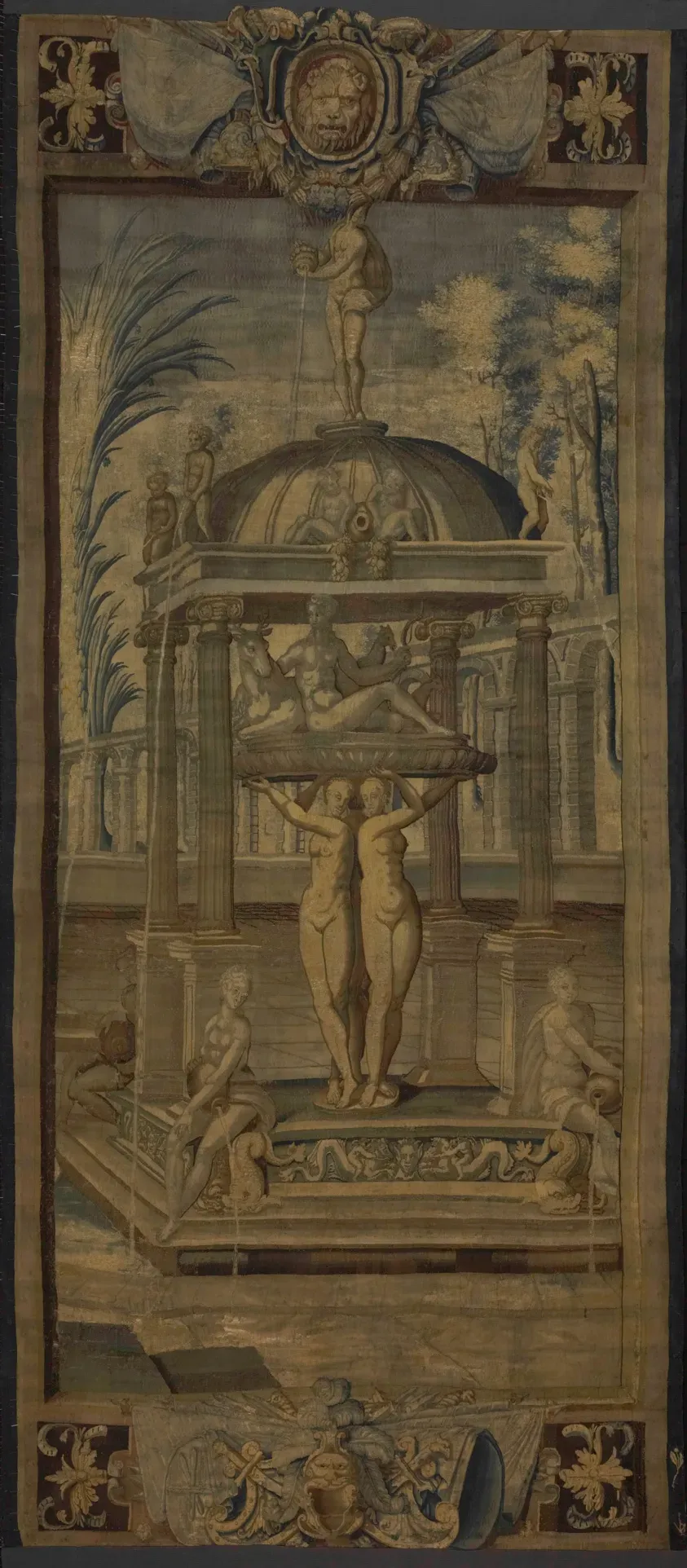
Styling Your Short Hair with ButterflyInspired Layers
Prepping Your Short Mane for Lift
so you've got your short hair with some strategically placed layers, maybe even aiming for that brad mondo butterfly cut short hair vibe as much as possible. Now, how do you make those layers actually *do* something? It starts in the shower. Use a volumizing shampoo and conditioner – skip the heavy, super-rich stuff unless your hair is incredibly dry. After you towel dry (gently, don't rough it up and cause frizz), apply a root-lifting spray or a volumizing mousse. Focus it right at the roots, especially around the crown and where those face-framing layers begin. Don't just glob it on; work it in. This is your foundation for getting that airy, lifted feel that's key to the butterfly look, even on shorter lengths.
Drying for Drama and Movement
This is where you sculpt the shape. Forget air drying if you want volume. Grab your blow dryer and a round brush, or even just use your fingers and the nozzle. For the face-framing pieces, blow dry them forward and then sweeping back away from your face. Use the brush to create a slight bend or curl away from your face. For the back and crown, lift sections at the root with your brush and direct the heat there first. Overdirecting the hair (pulling it in the opposite direction you want it to fall) while drying helps build volume at the root. Finish with a blast of cool air on each section to set the shape. It takes practice, but you're essentially teaching your hair to lift and move the way you want it to.
- Key Styling Steps for Short Butterfly Layers:
- Start with volumizing products on damp hair.
- Apply root lift or mousse focusing on the crown and face frame.
- Blow dry using a round brush or fingers to lift at the root.
- Direct face-framing layers away from the face.
- Use cool air to set the style.
- Finish with texture spray or light hold hairspray.
Finishing Touches and Product Picks
You've blow-dried, you've got some shape, but it can still fall flat without the right finishing touches. A texture spray is your best friend here. Spritz it lightly throughout the layers, scrunching gently to enhance separation and movement. If you need a bit more hold, use a light-to-medium hold hairspray – spray it from a distance so you don't get helmet head. Avoid heavy waxes or pomades unless you want a piecey, edgy look, which isn't the goal here. The aim is airy, lived-in texture. Sometimes, a quick flip of the head upside down and a spritz of hairspray can add that last bit of effortless volume. Remember, the goal with brad mondo butterfly cut short hair styling isn't perfection, it's movement and a bit of playful bounce.
The Short Story on the Butterfly Cut
So, can you get a true brad mondo butterfly cut short hair? The straight answer is likely no, not the exact look you see on longer lengths. The signature volume and face-framing sweep rely on having enough hair to create those distinct, layered sections that resemble wings. Trying to force it on a very short style often results in layers that look disconnected rather than blended and airy. However, that doesn't mean you can't incorporate *some* principles of the cut. Strategic face-framing pieces or carefully placed layers can add movement and shape to shorter styles, offering a nod to the butterfly effect without needing a foot of hair. Ultimately, managing expectations is key. If you have short hair and love the butterfly cut vibe, talk to your stylist about what's realistically achievable for your length and texture. You might find an adapted style that gives you the lift and framing you want, even if it's not a textbook butterfly.